
Before he became the king of Camelot and wielder of Excalibur, Arthur may have been something simpler: a warrior from Britain’s murky past. Stories of King Arthur, a leader who defended Britain after the fall of Rome, blur the lines between history and legend. So, where does one end and the other begin? It’s not clear. However, the following 10 points get into the real-world hints and possibilities that have kept the Arthurian question alive.
The First Mentions In Medieval Chronicles
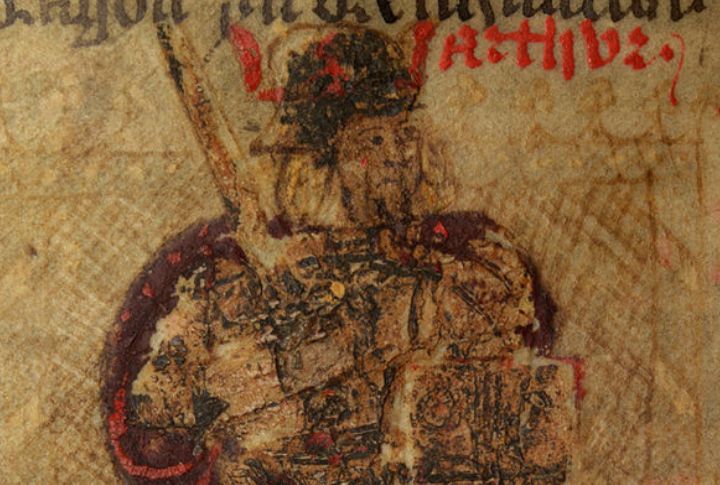
In 1136, Geoffrey of Monmouth introduced most of the world to Arthur through a sweeping pseudo-historical chronicle. His “Historia Regum Britanniae” shaped the legend forever. But the trail didn’t begin there. A few centuries earlier, “Historia Brittonum” casually referenced a warrior named Arthur. Geoffrey built on that sketch.
The Battle Of Badon Hill
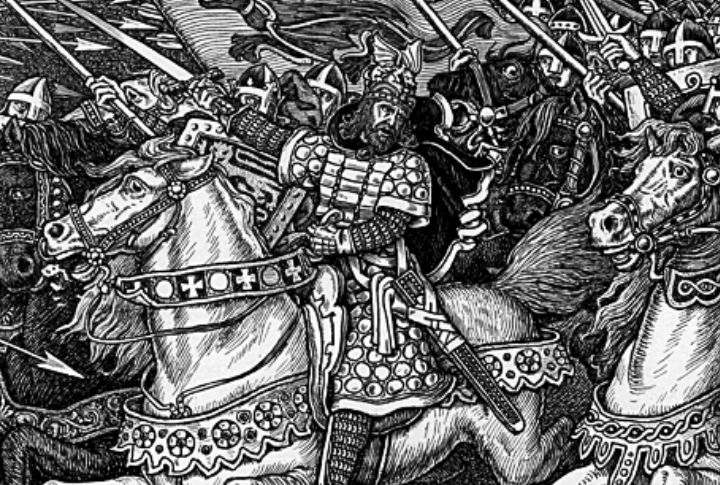
What kind of leader halts an entire invasion? Some believe Arthur did exactly that at Badon Hill, sometime in the late 5th or early 6th century. The monk Gildas described a fierce victory, yet never mentioned Arthur’s name. Others picked up that silence and filled it with a hero.
Arthur In Welsh Poetry
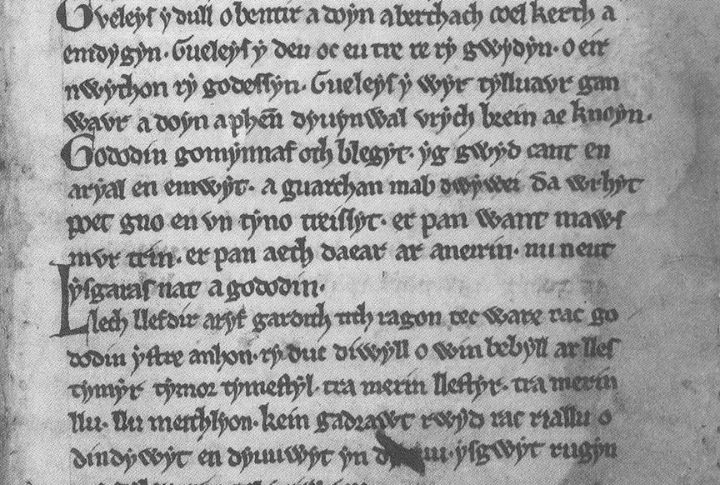
Centuries before knights and Grail quests, Arthur’s name appeared in raw, poetic fragments from early Welsh tradition. In “Y Gododdin” and “Pa Gur,” he’s a fierce warrior with near-mythic presence. These were snapshots of cultural memory. One tale even gave his hunting dog, Cabal, a legend of its own.
Archaeological Hints At Tintagel Castle
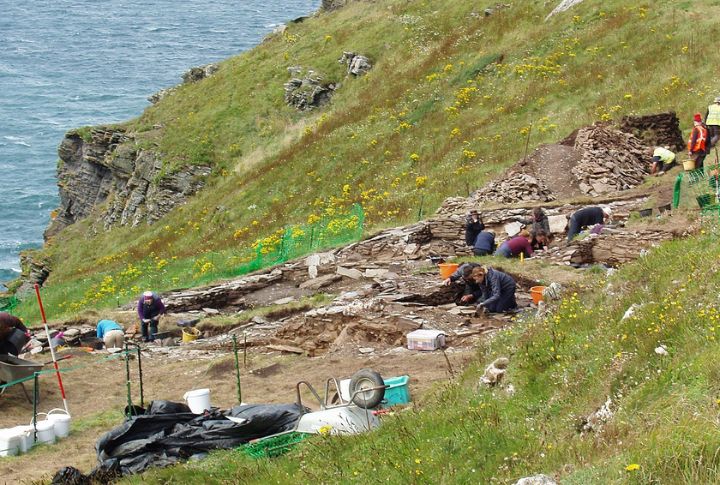
At Tintagel in Cornwall, archaeologists found grand 5th–6th-century buildings as evidence of real power. Then, in 1998, a carved stone surfaced bearing a name suspiciously close to “Arthur.” Combined with luxury imports found on-site, it suggests Tintagel was more than just a backdrop for stories.
The Ambiguous “Arthur Stone”

It doesn’t say “King Arthur.” However, the Artognou Stone, uncovered during a professional dig in 1998, got people talking. Dated to the 6th century and found in Tintagel, it mentions a figure named “Artognou.” The resemblance to “Arthur” sparked debate. More importantly, the stone showed that literate elites lived here.
Cadbury Castle Connection
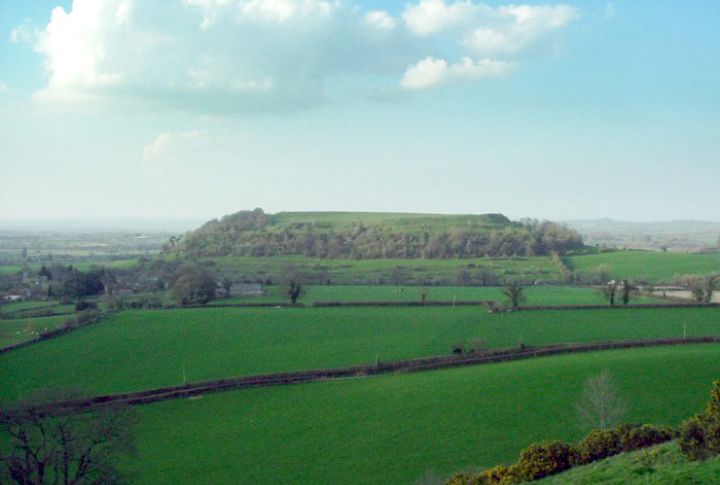
High on a Somerset hill, Cadbury Castle holds layers of earth and perhaps legend. Excavations revealed strong fortifications from the 5th and 6th centuries, plus luxury items. Even in the Tudor period, locals swore this was Camelot. The site remains one of the most compelling candidates for Arthur’s home.
Arthur’s Possible Roman Roots

One theory links the name Arthur to the Roman family name Artorius, hinting that the legend may have Roman-British roots. After Rome left Britain behind, native leaders stepped up, and someone like Arthur may have emerged. The stories that followed could reflect a man caught between worlds: Roman command and Celtic resistance.
The Possible Scottish Arthur

Sometimes, legends leave footprints in unexpected places. In Scotland, hills and landmarks like Arthur’s Seat in Edinburgh keep the name alive. Theories link Arthur to northern battles, far from his usual southern settings. Folklore even casts him as a giant-slayer in the Highlands.
The Enduring Mystery Of Avalon

Glastonbury still draws visitors hoping to catch a trace of Avalon, the isle where Arthur was said to rest. Geoffrey of Monmouth first introduced Avalon as part of Arthur’s end, a place more mystical than mapped. In 1191, monks at Glastonbury claimed to have found his grave.
The Legend In French Romances
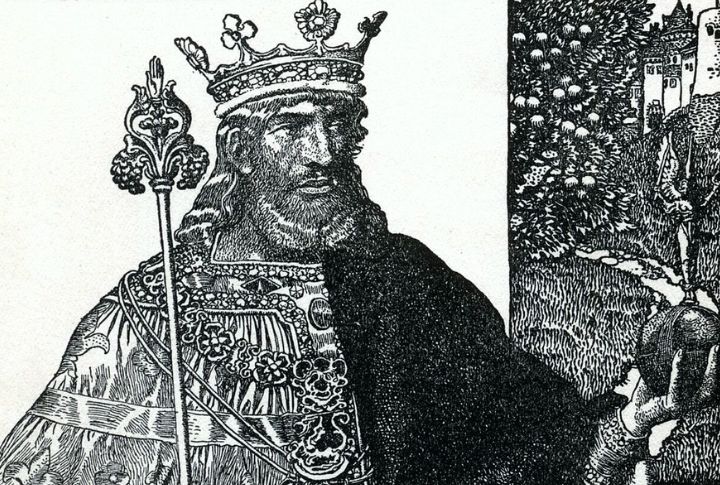
By the 12th century, Arthur’s story crossed the Channel and got a dramatic makeover. French poets like Chretien de Troyes added layers. Suddenly, Arthur was a noble king, deeply tied to ideals of love and honor. Much of what people now consider “Arthurian” actually began in these French courtly tales.

